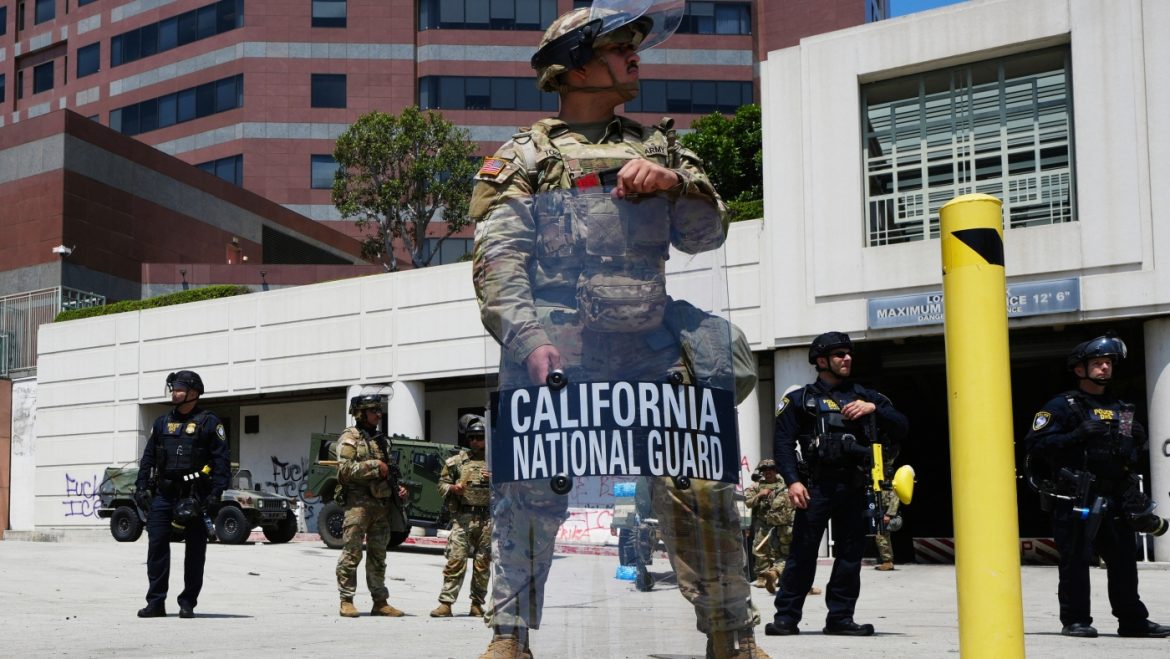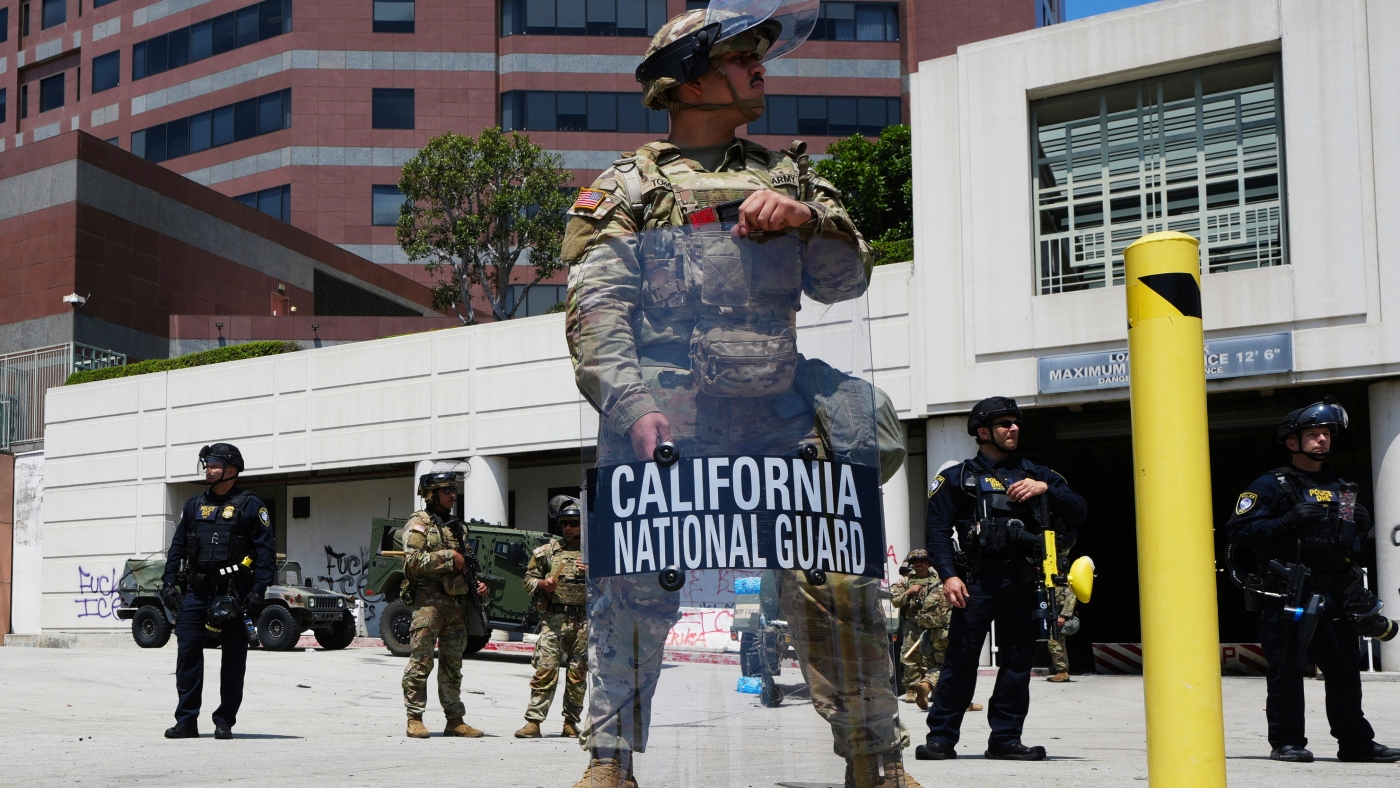The recent surge in immigration enforcement across major U.S. cities has sparked widespread protests, significant social tension, and a national debate about enforcement policies and immigrant rights. Analyzing the multifaceted developments since late May and early June 2025 reveals a complex interaction between federal immigration objectives, local law enforcement dynamics, community activism, and the broader sociopolitical landscape.
Escalation of Immigration Enforcement
The Trump administration’s immigration policy has intensified dramatically, centered on what officials describe as an “era of mass deportations.” U.S. Immigration and Customs Enforcement (ICE) ramped up operations to arrest approximately 3,000 individuals daily, a striking increase from the earlier 656 daily arrests recorded between January 20 and May 19, 2025. This shift was orchestrated under the guidance of Stephen Miller, the White House deputy chief of staff, known as the chief architect of these policies.
The raids have specifically targeted multiple cities including Los Angeles, New York, Chicago, Dallas, and Atlanta, with Los Angeles becoming the focal point of unrest. ICE’s deployment of unmarked vehicles and coordinated raids resulted in multiple detainees, prompting significant community backlash. The government’s proactive enforcement strategy underscores a decisive move from prior, more measured immigration actions to rigorous crackdowns on undocumented immigrants.
Widespread Protests and Social Unrest
The enforcement surges triggered extensive protests starting in late May and continuing into June 2025, with Los Angeles experiencing several days of sustained demonstrations. Initially peaceful gatherings evolved in some cases into clashes between protestors, LAPD officers, and ICE agents. While most gatherings retained a peaceful nature, instances of violence and chaos reflected heightened community frustration and fear.
Local activists and immigrant rights organizations mobilized quickly, organizing protests coast to coast that extended beyond Los Angeles into cities such as New York, Dallas, Atlanta, Chicago, and Worcester, Massachusetts. In Worcester, tensions escalated to the point that a police union called for criminal charges against a city council member involved in organizing protests, highlighting the polarized views within communities.
Authorities responded to these protests with measures like imposing a curfew in downtown Los Angeles to attempt restoration of order amid growing disruptions. Demonstrators frequently emphasized the human impact of deportations, highlighting stories of families being separated and neighbors living under the threat of sudden detention.
Role of Local Law Enforcement and Policy Agreements
Another important factor fueling the enforcement push is collaboration between ICE and local law enforcement agencies through 287(g) agreements — which authorize certain police departments to assist in immigration enforcement. According to analysis, states such as Texas, Florida, Georgia, North Carolina, and Virginia have the most active cooperation arrangements. With 629 such agreements nationwide, local agencies are playing a crucial role in augmenting federal immigration efforts.
The interplay between local jurisdictions’ willingness to cooperate varies and is sometimes a point of contention. Some cities emphasize sanctuary policies that limit engagement with ICE, whereas others actively assist in arrests and detentions. The federal government’s broad enforcement approach has prompted communities with sanctuary orientations to defend their policies and resist heightened federal involvement, adding another layer to the national dispute.
Political and Humanitarian Dimensions
Beyond law enforcement and protests, this surge in immigration raids touches deep political and humanitarian nerves. The administration’s emphasis on vigorous enforcement reflects a political commitment to fulfilling campaign promises on immigration control. Yet, the human cost—the disruption of immigrant families, fears within communities, curtailment of civil liberties, and the potential for racial and ethnic profiling—has mobilized a powerful counter-narrative that questions the morality and efficacy of such policies.
Public sentiment and media coverage have been overwhelmingly sympathetic towards the immigrants affected, amplifying calls for reform and providing a platform for diverse voices opposing the raids. The polarized situation serves as a microcosm of the broader national debate about immigration policy, law enforcement, national security, and human rights.
Conclusion: A Nation at a Crossroads on Immigration Enforcement
The recent intensification of immigration enforcement has become a crucible for testing the limits of federal power, local autonomy, community solidarity, and national identity. The widespread protests and often volatile tensions underscore the fractured state of the immigration dialogue in the U.S., where policy enforcement collides directly with human stories and civic resistance. As enforcement efforts continue to escalate, the nation faces critical questions about balancing rule of law, humanitarian concerns, and the imperative for comprehensive immigration reform that can bridge these divides rather than deepen them.
These events in the summer of 2025 highlight not only the immediate impact of mass deportations but also the ongoing evolution of American society grappling with immigration in an era of heightened political polarization and social activism. The unfolding situation demands careful attention to the voices on all sides and thoughtful consideration of future pathways that respect both legal frameworks and human dignity.
—
Sponsor
Navigating a new country can be challenging, especially for children. Consider giving them a head start with English through Novakid Global ARABIC, an online English school designed for kids aged 4-12. Novakid offers personalized lessons with native English-speaking teachers, following European CEFR standards to make learning fun and effective. Help your child build a strong foundation for future academic success with a flexible and engaging learning experience, no matter where you are. With Novakid, language learning becomes an exciting adventure in a safe and stimulating environment.


